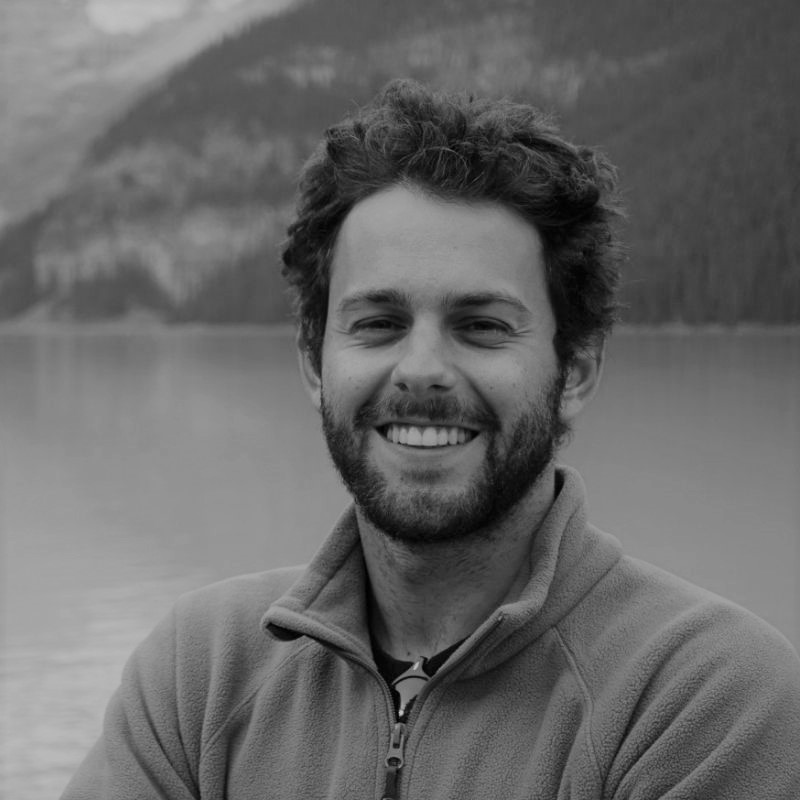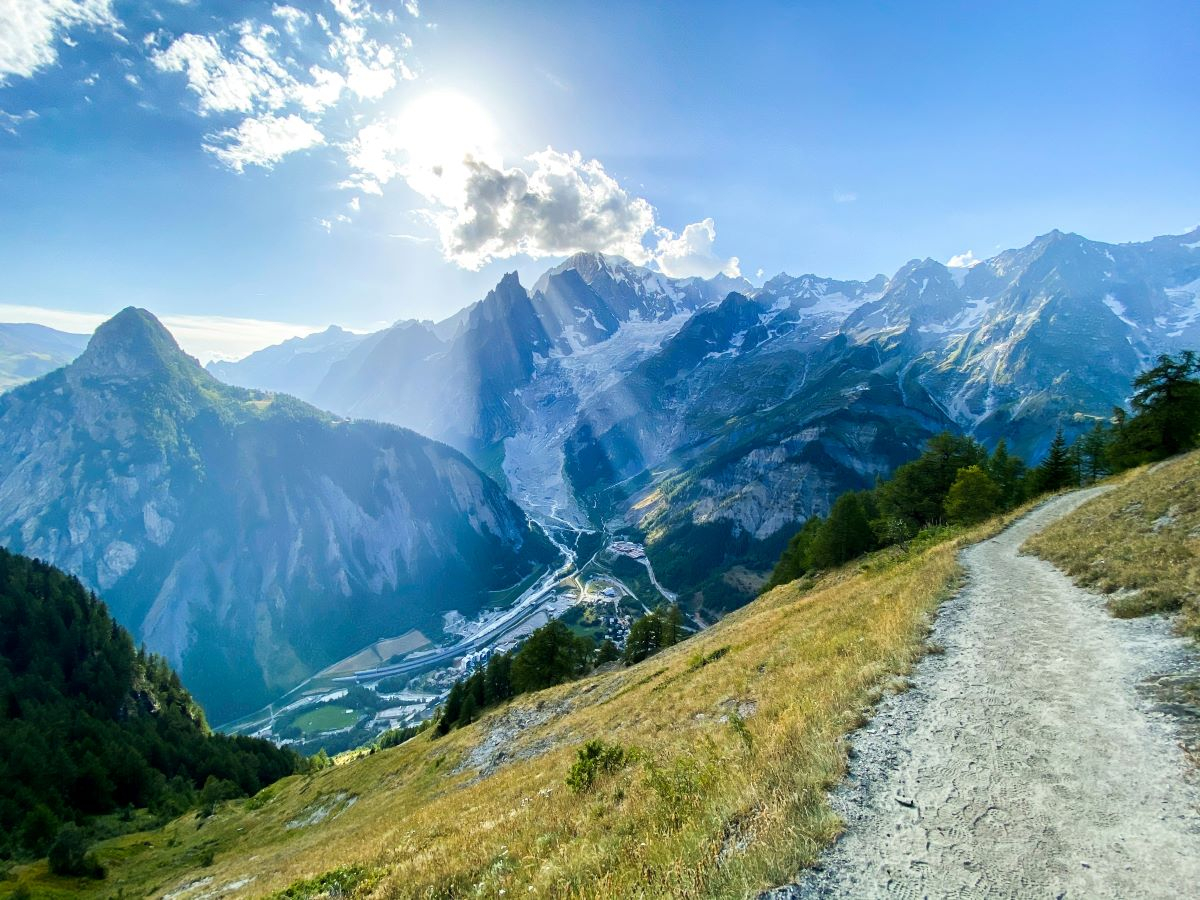In the unpredictable mountains, there is no such thing as zero risk. We have always known this. But now, because of global warming, the dangers have grown more severe. This can be understood by looking at higher altitudes, among the glaciers that are melting, retracting, and changing, causing serac collapses and glacial lake outburst floods (GLOFs). The increase in high-altitude temperatures triggers events that have already had tragic consequences, such as what happened in Marmolada, in the Italian Dolomites. Here, in June 2022, the collapse of a glacial serac caused 11 deaths. While such occurrences are difficult to predict, there are monitoring systems that can mitigate risk and save lives.
The example of Val Ferret in the Aosta Valley
The Safe Mountain Foundation (Fondazione Montagna Sicura), based in Courmayeur, in the Aosta Valley, is a virtuous example in this field, having adopted early warning system procedures since 2012. "Over 4% of the region's land is covered in glaciers," the Foundation's General Secretary Jean Pierre Fosson tells Renewable Matter. "Out of 184 glaciers, we are carefully monitoring 5 situations that might represent a potential risk." Generally, before activating a glacial risk monitoring plan, the Region assesses whether there is real danger posed to homes or roads.
The glacier that, in recent years, has kept the Safe Mountain Foundation busiest is Planpincieux, in Val Ferret. It's a temperate glacier – one whose temperature is in the region of 0°C – that has been at risk of collapse for several years. Last August, a Scenario 4 glaciological risk led to the closure of the local road in Val Ferret and an accompanying order to vacate some of the houses in the area.
"Generally speaking, climate change presents risk scenarios to be managed and at the moment there are three elements that are the most worrying for us," Fosson adds. "The first is the formation of new lakes, both within and outside the glacier. The second is the transition from cold to temperate glacier. Finally, there is the management of all the deglaciated areas, which present highly dangerous detritus." The techniques used to monitor at-risk situations vary according to the context: from radars that track glacial movements to satellite imagery monitoring the volume of a glacial lake.
Early warning systems to raise awareness of risk culture
The early warning system approach in the mountains is nothing new. For example, it has already been in use for decades to predict the risk of avalanches. "The entire process, from simulation to measures in the field and the avalanche bulletin is fairly well-established," says Edoardo Cremonese, a researcher at the CIMA Foundation (International Centre for Environmental Monitoring), speaking to Renewable Matter. "Meanwhile, we know much less about glacial risks linked to the climate crisis. There is no historical data on which to base assessments, and for this type of danger research on preventive monitoring systems is still in its infancy." However, even the most innovative, tried-and-tested technology will not lead to the complete removal of all potential dangers. This is why, according to Cremonese, the mountain community should be called upon to promote a culture of risk, raising awareness among tourists and locals, to process the information, and adopt precautionary measures accordingly.
"Early warning systems can be automatic or manual measures, or even mathematical models that then serve to make decisions," Cremonese adds. "These can involve the preventive closure of a road, a valley, or the issuing of a bulletin. There is a risk that these precautions are not accepted by people because it is not easy to raise awareness of the new dangers linked to the climate crisis." While increasingly reliable and precise technologies are tested, living with these new glacial risks will become the new normal, allowing people to continue to live safely in the mountains.
This article is also available in Italian / Questo articolo è disponibile anche in italiano
Image: Ana Frantz, Unsplash
This content is produced thanks to the support of sponsors



